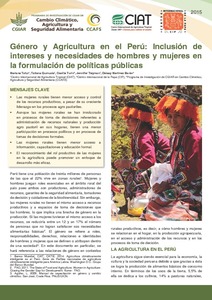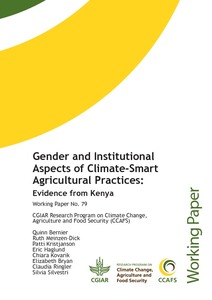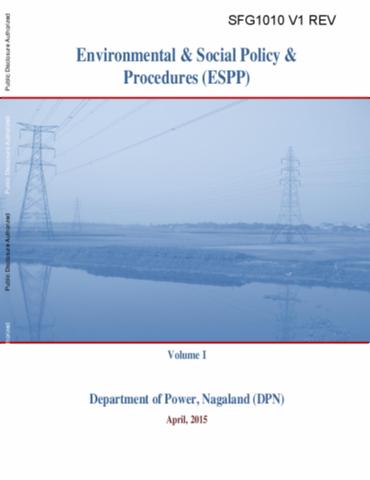¿Minería versus Agricultura?
Continúa la convulsión en el valle del Tambo, en la región de Arequipa, departamento del sur del Perú, donde los agricultores iniciaron un paro hace casi dos meses, protestando contra el proyecto minero Tía María, de la empresa Southern Perú Copper Corporation. El gobierno envió a la zona más de dos millares de policías y un contingente de militares. En el distrito de Cocachacra, hubo fuertes enfrentamientos entre manifestantes y policías con un saldo de tres muertos (dos pobladores y un policía) y centenares de heridos, hasta la fecha.








